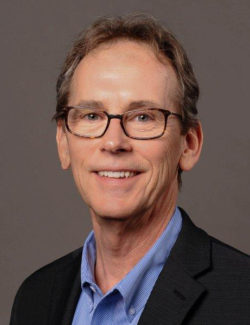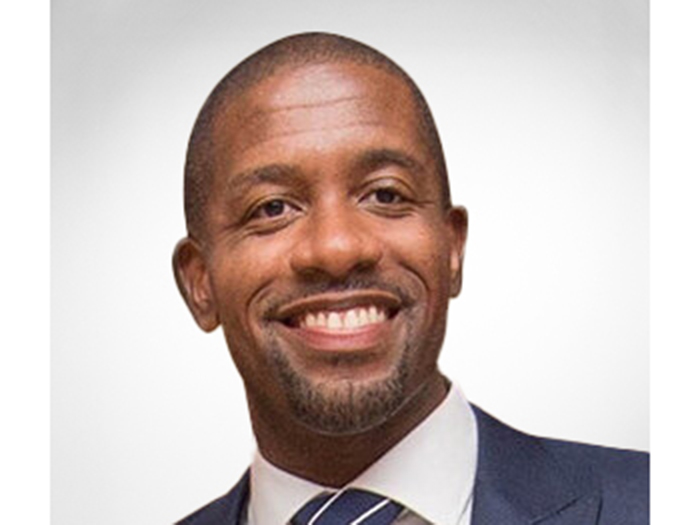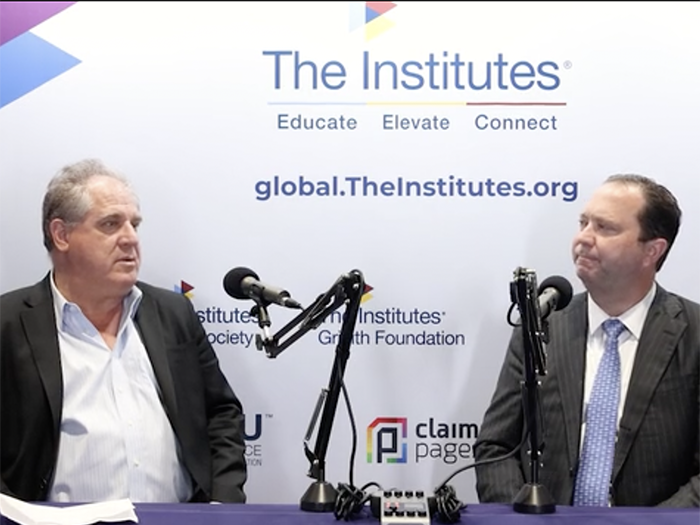Sponsored Content by Concentra
For Successful Management of Workers’ Comp Claims, Communication Between Stakeholders Is Key

When a worker gets injured on the job, their path from injury to recovery is lined with aid from different people doing different jobs.
There’s the injured worker and their medical care team, of course. But there’s also the workers’ comp case manager and claims adjuster who work to guide claim activities, the family members who will support them physically and emotionally while they heal, and the employers who will help them successfully return to work once they’ve recovered.
“Effective management of workers’ comp cases requires an interdisciplinary approach,” said Dr John Anderson, chief medical officer at Concentra.
“There are multiple stakeholders in our workers’ comp system that are interested in both the clinical and the financial outcome of a case, which ideally can be managed and should be managed to ensure that the injured worker is restored to their pre-injury level of function as quickly as possible, at the lowest total cost per case.”
To get there, employers will want to partner with a provider that understands the unique nature of a workers’ comp claim. Anderson dove into how the different workers’ comp stakeholders can work together to reassure injured workers and help them through the claims process.
Communication Between Payers and Providers

Dr. John Anderson, Chief Medical Officer at Concentra
Within the different stakeholders involved in a workers’ compensation claim, productive communication between two groups — providers and payers — is key. Employers trust providers and payers to unite to achieve best possible care and claim outcomes.
Providers are focused on providing injured workers with best possible care. Claims adjusters review documentation to ensure all parties comply with state laws and they analyze cases with a goal of managing and minimizing costs. Working in tandem, these groups can help ensure rapid and sustainable return to health, return to work, and managed claim costs.
“When the injured worker receives the best care possible in the earliest time frame possible, that will shorten case duration, it will shorten overall cost per case, it will decrease litigation and it will decrease administrative and indemnity costs,” Anderson said.
When the provider and a payer have created an open and strong communication channel, they can address care needs and claim issues early to avoid delays in care that could ultimately result in longer recoveries and increased costs.
“I would say the vast majority of cases in occupational medicine go very smoothly and don’t require intense oversight. But all claims require a high level of communication between the various parties so that everyone understands where the case is and what the expectations should be,” Anderson said.
Building Strong Relationships in Workers’ Comp
Given the complexities of workers’ comp claim management and the important roles payers and providers play, injured workers may wonder if everyone is focused on their best interest or the best interest of their employer. Part of this concern stems from the fact that unlike group health, many workers’ compensation patients don’t choose their doctors like they do for personal health care, and based on the recommendations of friends, family, or even online reviews. Instead, they may be directed to visit a provider that works with their employer’s carrier and/or payer networks.
“They’re given a name or names of clinics or clinicians or providers who their employer recommends,” Anderson said.
“Often, the injured worker doesn’t know us, and they would probably much rather go to their family doctor, or maybe even to an urgent care center that they’re familiar with, where they think the physician is more impartial or even lenient. There are many patients who believe that the physicians in an occupational health setting are employed as the company doctor, and that they are catering to the needs of the company and not so much to the patient’s individual needs. That is just not true.”
The clinician’s ability to connect well with the injured worker is essential to ensuring the claim goes smoothly and the worker recovers quickly. Like any doctor, the occupational health physicians’ primary responsibility is to the patient. It’s the physician’s job to understand that and let the injured worker know that. Once trust is established, the injured worker may feel more comfortable sharing critical details of their injury and their health status, and they are more likely to follow the clinician’s advice.
Workers’ comp care providers know they need to work at building a rapport with injured workers.
“In group health the relationship is truly a strong bond of trust between the patient and the physician,” Anderson said. “In occupational health, we have to work harder at developing that bond and to be sensitive to the injured worker’s concerns, both stated and unstated.”
At Concentra, physicians and therapists are provided focused training to assist them in developing this kind of bond with injured workers.
“We give our clinicians training early on in their employment with us so that they understand the relationship needs to be developed, that trust needs to be created, in order for the case to go smoothly,” Anderson said.
“We work pretty hard to provide a warm, caring, and respectful environment for the injured workers so that we can overcome any potential barriers that could negatively impact care or our ability to move the case to closure.”
Applying Enhanced Insights Improves Care and Claim Outcomes
Employers partnering with providers that have workers’ compensation experience and expertise leads to overall better results.
Concentra believes that there are opportunities for payers and providers to be better aligned, and Concentra physicians, therapists, and specialists receive training designed to enhance their knowledge and performance in this specialty. Part of that training includes a robust orientation curriculum that lasts throughout their first year at Concentra. After that, clinicians receive ongoing training modules to ensure they remain at the top of this field and deliver the best possible outcomes to injured workers.
“We have built a curriculum to orient our clinicians to the specifics, and the nuances of occupational health and how to develop effective care strategies,” Anderson said.
The nation’s largest provider of occupational health care, Concentra leverages its talent and more than 40 years of experience in the occupational medicine space to help ensure optimal clinical outcomes. The company has more than 20 million injuries in its database, and it is able to leverage data on closed claims to develop clinical best practices, which its Expert Medical Panels update continuously. Concentra recently made a substantial commitment to using advanced machine learning and artificial intelligence tools to better understand this data and provide real-time information to Concentra clinicians to enhance care decisions and outcomes.
“Using payer claims data, and comparing our results to their universe of claims, we find that we’re able to achieve exceptional clinical outcomes at a reduced total cost per case,” Anderson said.
And the company has a longstanding history of sharing their knowledge with carriers, third party claims administrators (TPAs) and employers, ensuring clear communication between stakeholders.
“We share clinical and cost outcomes quarterly with many stakeholders on their particular cases. And sharing and communicating with them is what’s crucial to understanding outcomes. When the injured worker’s real medical needs are the focus and priority of our clinicians, that worker is the beneficiary of great care, and those benefits extend automatically to the employer and payer in terms of more rapid return to work and lower total cost per case. Everyone benefits when the injured worker receives the right care at the right time, as soon as possible.” Anderson said.
To learn more about Concentra and its occupational health services, visit: https://www.concentra.com/.
This article was produced by the R&I Brand Studio, a unit of the advertising department of Risk & Insurance, in collaboration with Concentra. The editorial staff of Risk & Insurance had no role in its preparation.










